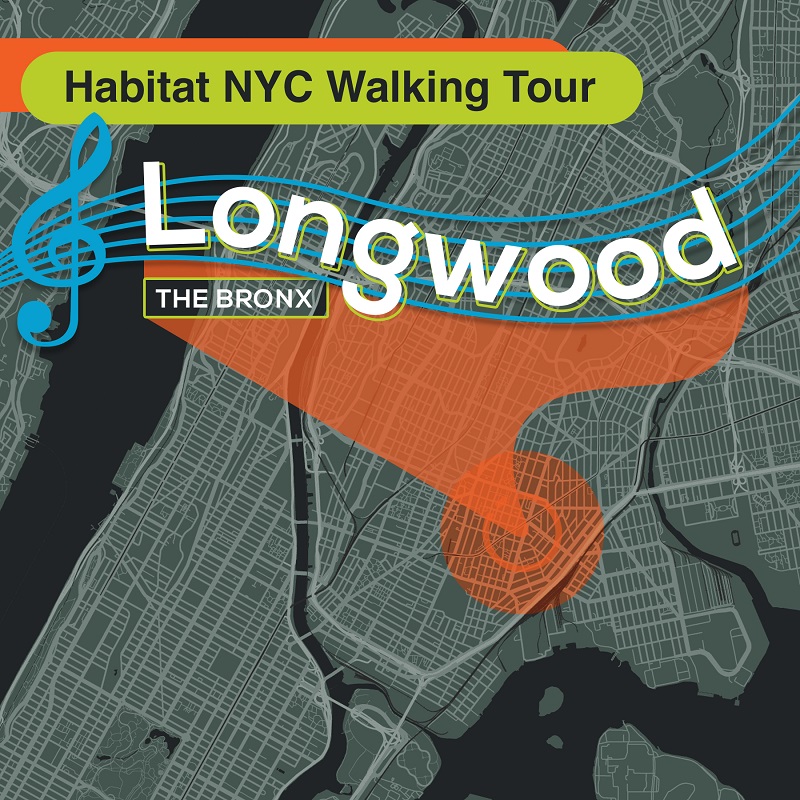We missed our city while we’ve been sheltering at home: we missed all the different neighborhoods, cuisines, languages and histories of the five boroughs. We’re starting to peek out the door a bit, we still can’t experience our city in full. So we’re going to take our followers on a tour of 10 NYC neighborhoods where we’ve built. We’ll feature our projects, the history and culture of the neighborhood, and some fun facts along the way.
Longwood, Bronx
Let’s take a tour of Longwood, Bronx, one of the city’s most musical neighborhoods!
It’s nice to be on solid land here in the Bronx. Did you know that the Bronx is the only borough attached to the mainland of New York State? For centuries, the Bronx was beautiful farmland, but as Manhattanites outgrew the city, streetcars, subways and elevated trains moved north. Beautiful five and six story apartment buildings were home to middle-class families, including many immigrant families from all over the world.
Check out these gorgeous walk-ups on Longwood Ave. as seen in 1940 tax photos. Fun fact: Between 1939 – 41, the New York City Department of Finance photographed every building in all five boroughs! You can find your building on their website.
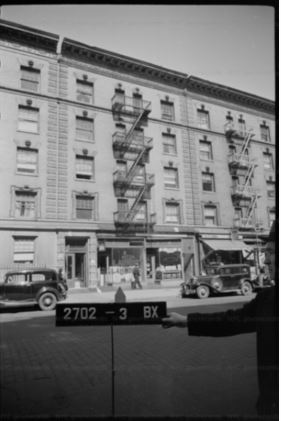
Longwood was always one of the most desirable and most densely populated South Bronx neighborhoods. However, the South Bronx, Longwood included, would eventually become a national symbol for systematic neglect, racism and disinvestment. You may have heard the term ‘white flight’ before – middle-class or affluent white families leaving cities for the suburbs, causing poverty in cities to skyrocket. No one made created runways for white flight quite like Robert Moses, who designed the Cross Bronx Expressway.
The Cross Bronx Expressway, built between 1948 and 1963, is the first highway built through a crowded urban environment in the US, and one mile of the CBE was the most expensive mile of road ever built. $40 million at the time, now equivalent to nearly $382M. The CBE cut off neighborhoods of color in the South Bronx from more affluent white neighborhoods in the North Bronx, resulting in disinvestment and poverty. According to Robert Caro, writer of The Power Broker, the decision to run the CBE through Tremont was intentional and racist.
As more affluent white residents fled from the South Bronx, unscrupulous landlords and scammers realized that they could burn down their buildings to collect insurance money. A wave of arson plagued the South Bronx for years, until community groups like SEBCO (South East Bronx Community Organization) & others helped to curb the epidemic. Investment in Longwood increased during Ed Koch’s terms as mayor. This photo from the Municipal Archives shows the Mayor at a groundbreaking ceremony.
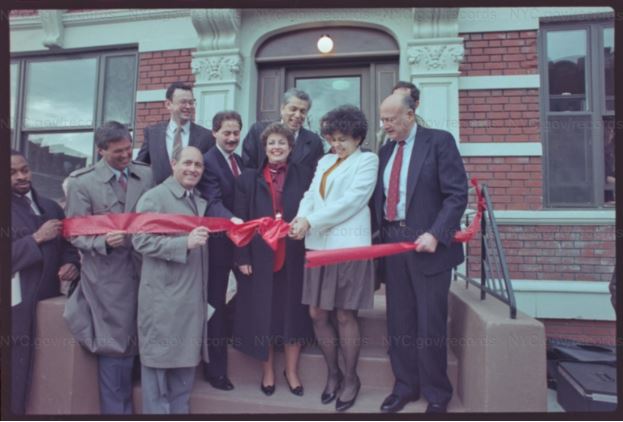
NYCHA began to build and renovate homes, and private investment followed. Longwood is considered a symbol of an invigorated South Bronx.
Longwood and the surrounding areas are home to a fascinating musical history! Jazz is at the heart of the Longwood music scene, with famous jazz musicians like Dizzy Gillespie, Miles Davis, John Coltrane, Nancy Wilson, Herbie Hancock, Charlie Parker and more who played in Longwood’s clubs.
Doo wop groups like the Chantels, the Crickets and more also grew from Longwood and surrounding neighborhoods.
Latin music is a huge part of this community, which is largely Latinx. Tito Puente and Celia Cruz (whose mausoleum is in the beautiful Woodlawn Cemetery) both played in the Longwood area.
Longwood is also home to Casa Amadeo, the oldest Latino music store in the city. The store opened in 1941!
There is so much more music history in the Bronx than we can fit into a few tweets. Check out the Bronx Music Heritage Center for even more amazing music and history!
It is just this musical history that inspired one of our developments in Longwood – a 63-unit co-op called The Melody. The Melody was built in partnership with Blue Sea Development. The affordable Melody does more than help families achieve stability through homeownership – it promotes healthy bodies too! The building is designed to Active Design Guidelines, which encourages mobility. The Melody has a gym, exercise equipment in the yard, and inviting stairwells to encourage residents away from the elevator and toward their step goals.
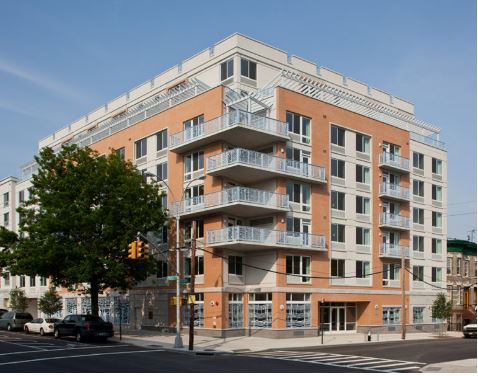
Longwood’s musical heritage permeates the building – from jazz playing in the stairwells to the beautiful musical art from Béatrice Coron.
The Melody isn’t Habitat NYC’s only project in Longwood – In 2009, we built our first-ever “green roof” atop the Gen. Colin Powell Apartment building. The 2,400-square-foot green roof insulates the building from the sun and absorbs up to an inch of rainfall. The building is named for General Colin Powell, former Secretary of State, who grew up on the same street in Longwood. Secretary Powell even stopped by the ribbon-cutting ceremony!
The Colin Powell Apartments was the first new multi-family complex to open in the Community Board district in 30 years, and the first time any Habitat affiliate partnered with a private developer! Les Bluestone from Blue Sea Development Company served as the Chair of our Board of Directors and was our partner for both the Melody and the Colin Powell Apartments.
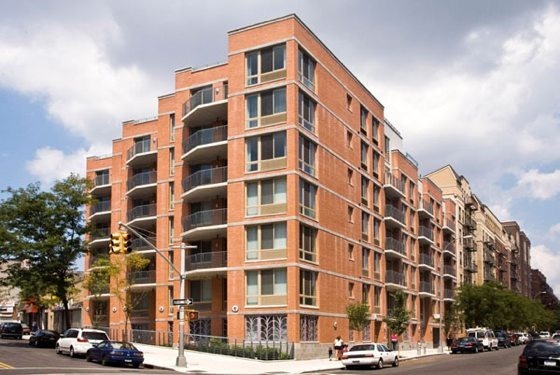
Gen. Powell’s legacy in NYC doesn’t stop with this affordable housing development. The Colin Powell School is home to leadership development and public service programs of City College. Gen. Powell continues to inspire New Yorkers to serve our nation!
We want to give a special shout-out to two churches who supported our work during the Melody and the Colin Powell Apts – Transfiguration Lutheran Church and St. Mary’s Episcopal Church. From hosting events to helping dedicate the buildings, the clergy and congregations at both houses of worship were tremendous partners!
Of course, here at Habitat NYC, we don’t just build new housing, we preserve the affordable housing that already exists in NYC. One way we do this is through our CDFI – the Habitat NYC Community Fund. The Fund loans capital to struggling affordable co-ops, helping them get on the path of financial stability. One co-op we loaned to is just across the street from Longwood, on Barretto Street in Hunts Point. We paired up with Spring Bank and the New York State CDFI Coalition to help the building clear up municipal debts, stabilize their overall finances and make improvements that would reduce energy use and overall costs.

Check out this great article about Barretto Street in Next City!
The Community Fund is an amazing tool to help us preserve housing. NYCHA estimates that more than 2,000 distressed affordable units are at risk of being lost to the market each year, resulting in less affordable housing availability for low-income families. Low-cost loans to these HDFC’s can help save them from becoming unaffordable, keeping them available to hard-working families!
The music and art never stop in Longwood – for those planning a trip to the neighborhood once it’s safe to do so, make sure to check out Bronx Council on the Arts and the Longwood Art Gallery!
Longwood is a thriving neighborhood, and we are thrilled to be just one note in the beat of the area!
